Facts about the Renaissance that reveal its darker side
The Renaissance, often celebrated for its cultural rebirth and artistic achievements, also harbored a darker side. While the era brought forth the likes of da Vinci and Michelangelo, it was also a time of political intrigue and social upheaval.
Beneath the surface of enlightenment, shadows lurked, casting a complex web of stories that are both fascinating and grim. This article delves into these lesser-known facets of the Renaissance, revealing a world far more intricate than it first appears.
The Plague: A Grim Prelude to the Renaissance

The Black Death, sweeping across Europe in the 14th century, set the stage for the Renaissance by drastically altering the social and economic landscape. With millions of lives lost, labor shortages led to shifts in power dynamics and economic opportunities.
As grim as it was, the plague inadvertently paved the way for the rebirth of arts and sciences, forcing societies to rebuild and rethink their futures. This dark chapter underscored the fragility of life, a theme that would echo throughout Renaissance art and literature.
Political Machinations: Power Struggles and Betrayals

The Renaissance was rife with political intrigue, as city-states like Florence, Venice, and Milan vied for dominance. Families like the Borgias and the Sforzas were notorious for their ruthless tactics, including assassination and betrayal, to gain power.
These power struggles were not merely about control but also influenced cultural patronage, with art often used as a tool for propaganda. The political chess games of the era were as complex as they were brutal, leaving a legacy of both cultural and literal bloodshed.
The Medici Family: A Dynasty Built on Ambition and Intrigue
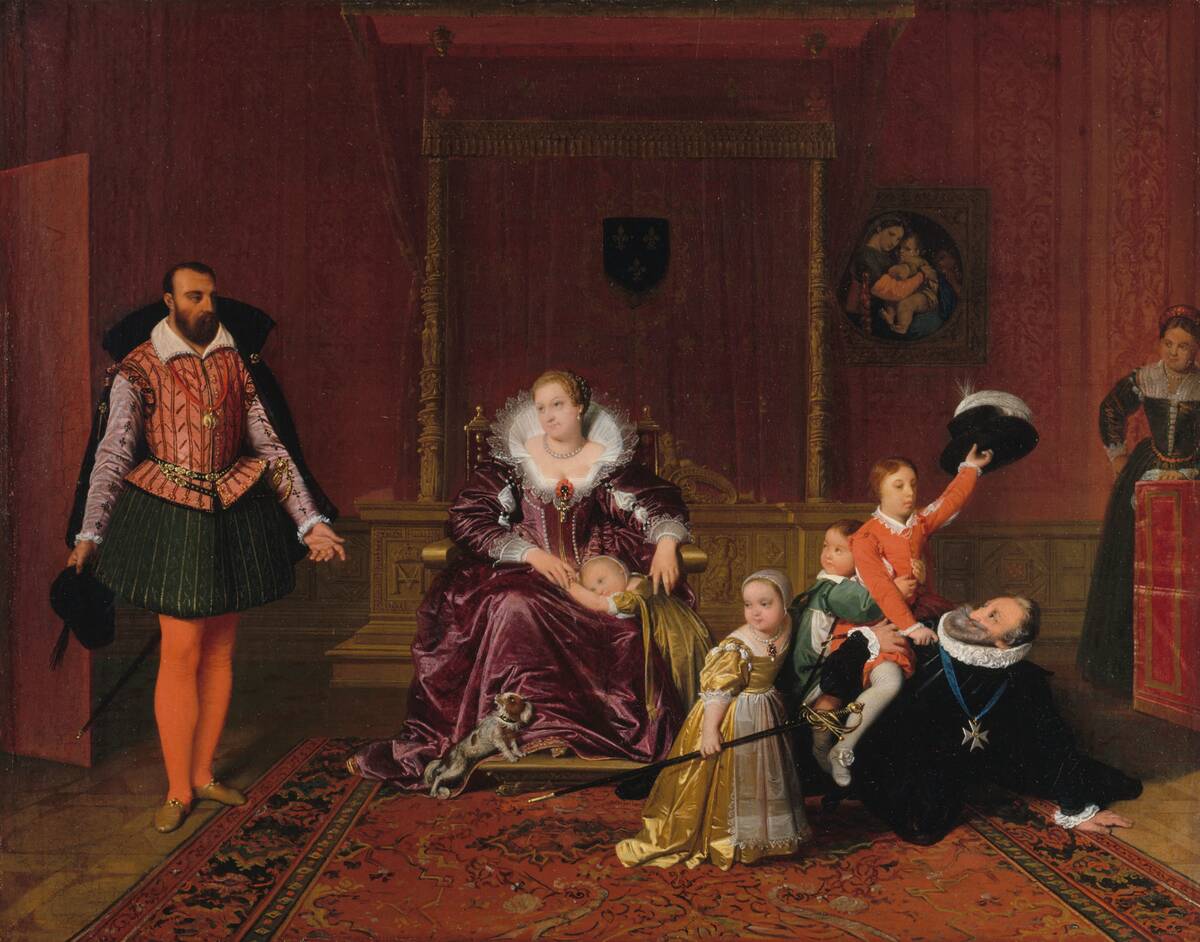
The Medici family, synonymous with Florence’s golden age, were not just patrons of the arts but also shrewd political players. Their banking empire financed not only art but also the political alliances that secured their power.
Through strategic marriages and alliances, the Medicis navigated the treacherous waters of Renaissance politics. Their influence extended beyond Florence, impacting the Catholic Church and European politics at large, showcasing a dynasty where art and power were inexorably linked.
The Dark Side of Patronage: Art and Politics Intertwined
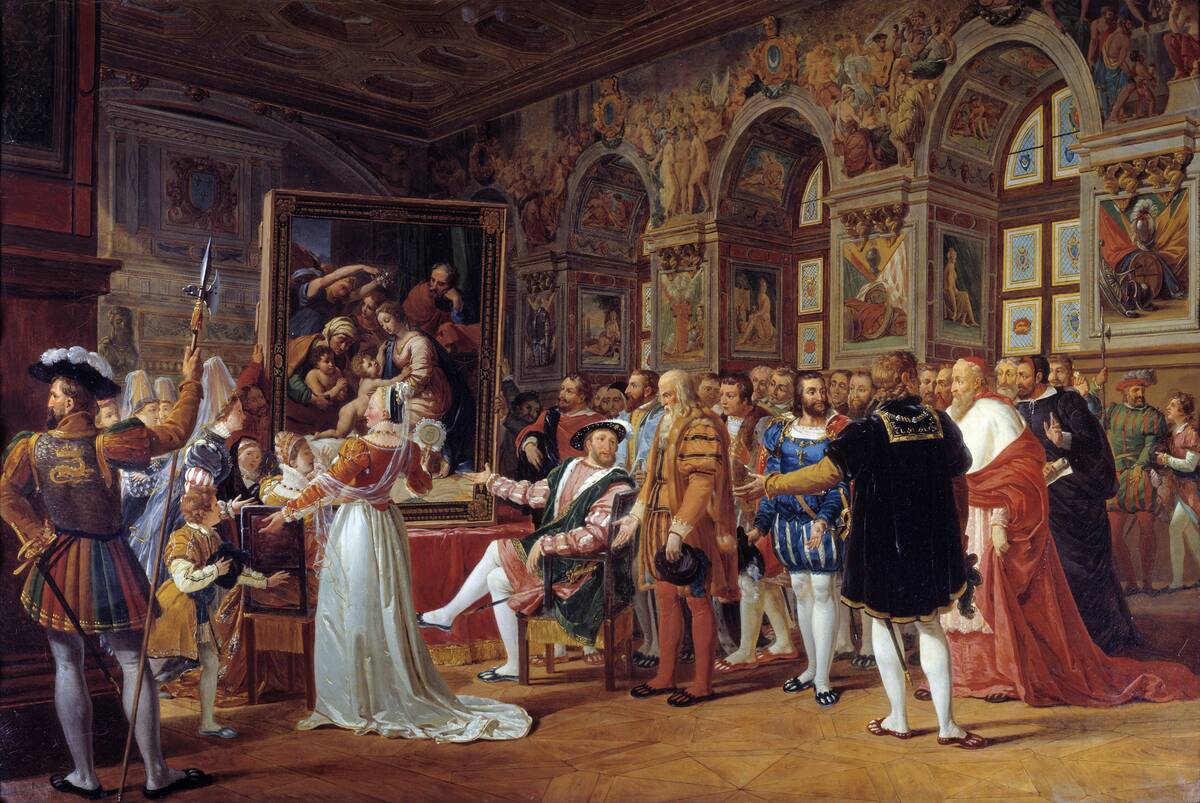
Patronage during the Renaissance was more than just supporting artists; it was a political tool. Patrons like the Medicis and the Popes used art to display their power and influence.
This intertwined relationship meant that artists were often at the mercy of political whims, creating works that served not only aesthetic purposes but also political agendas. The art of the Renaissance, while beautiful, was often steeped in the politics of its time, reflecting the ambitions of those who commissioned it.
The Witch Hunts: Superstition Amidst Enlightenment

Despite the era’s advances in science and philosophy, the Renaissance was also marked by widespread superstition, leading to brutal witch hunts. Fear of witchcraft was fueled by religious and social tensions, resulting in the persecution and execution of thousands, mostly women.
These hunts were less about actual witchcraft and more about societal control and scapegoating during times of upheaval. The dark irony of the Renaissance is that amid enlightenment, ignorance and fear could still lead to such tragic outcomes.
Religious Turmoil: The Protestant Reformation’s Bloody Path
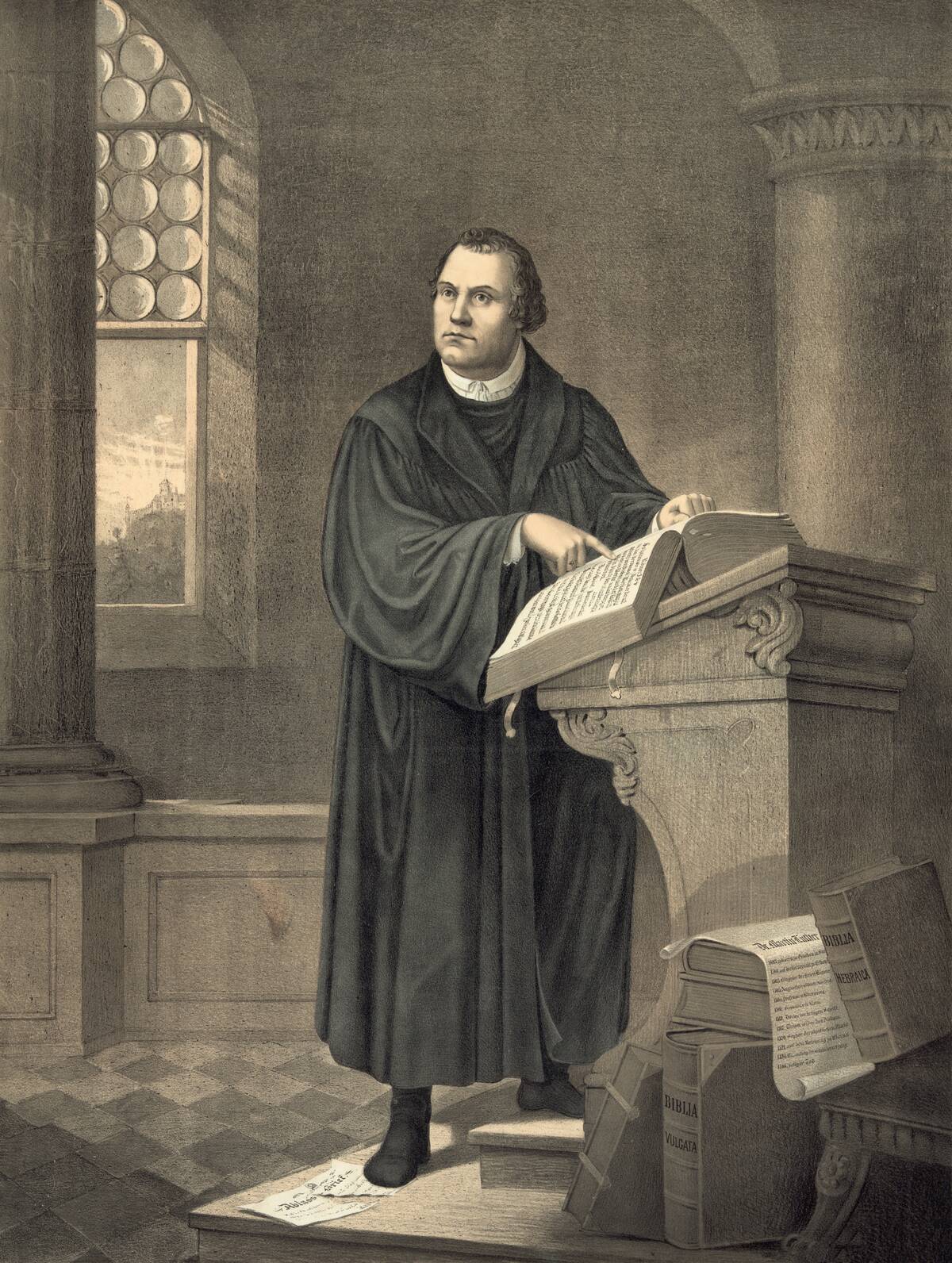
The Protestant Reformation, ignited by Martin Luther’s 95 Theses in 1517, led to decades of religious conflict across Europe. This schism not only challenged the Catholic Church’s authority but also sparked wars, persecution, and political realignments.
Nations were divided, and countless lives were lost in the ensuing religious wars. The Reformation was a catalyst for change, forcing a reevaluation of religious practices but also highlighting the violent lengths to which people would go to defend their beliefs.
Social Inequality: The Underbelly of Renaissance Prosperity

While the Renaissance is lauded for its cultural and economic prosperity, it masked a stark social inequality. The wealth generated by trade and commerce was concentrated among a few elite families, leaving the majority of the population struggling.
Urbanization brought about by the economic boom led to overcrowded cities and poor living conditions for many. This social divide was a sharp contrast to the era’s celebrated achievements, revealing an undercurrent of disparity that often went unnoticed amidst the splendor.
Leonardo da Vinci’s Darker Works: Morbid Curiosity in Art
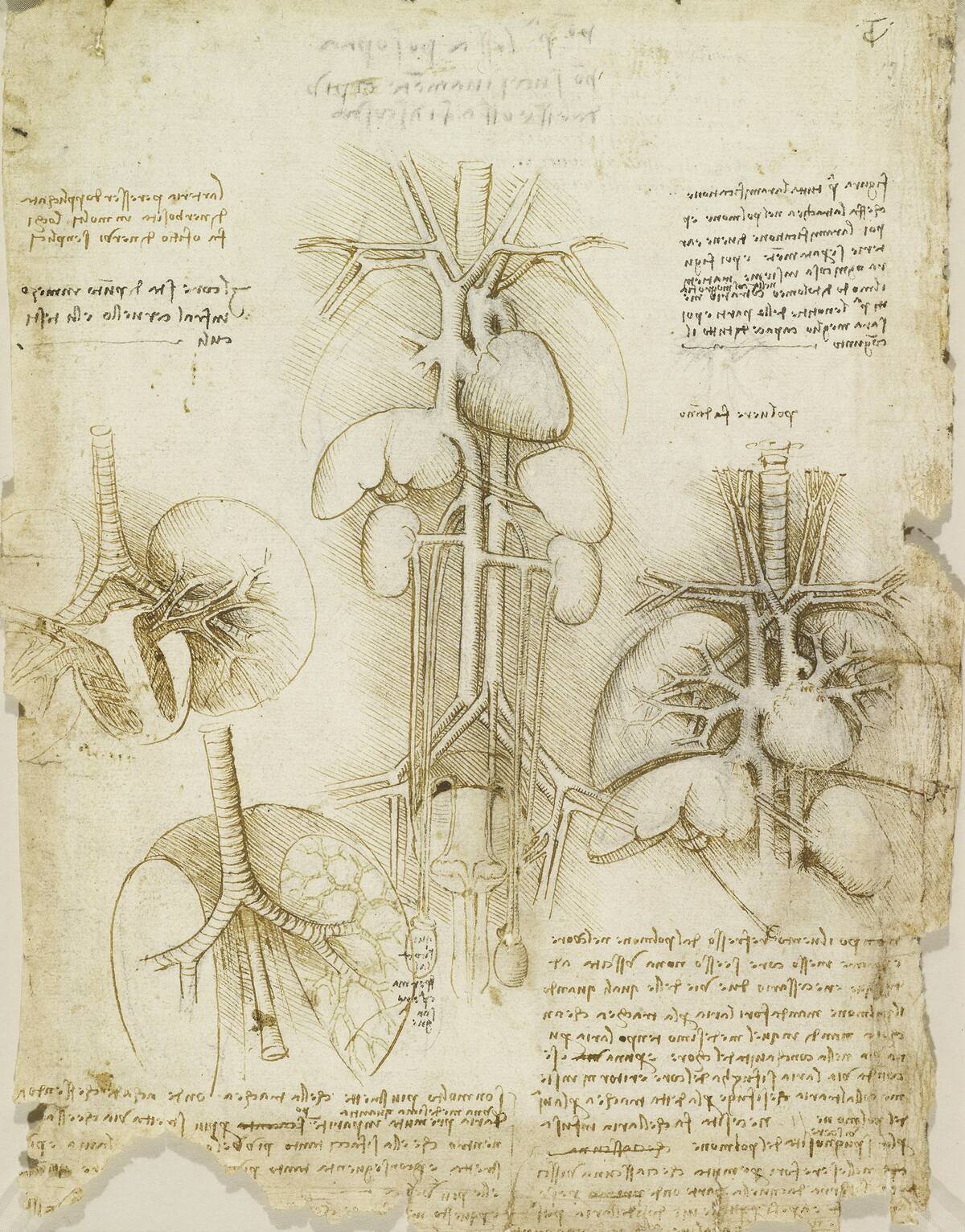
Leonardo da Vinci, known for masterpieces like the Mona Lisa, also had a fascination with the macabre. His anatomical studies, conducted in secret dissections, revealed a morbid curiosity about the human body.
Da Vinci’s sketches often depicted detailed studies of human organs and even imagined devices of war. This aspect of his work reflects the era’s duality, where the pursuit of knowledge often intertwined with darker themes, highlighting the complexity of Renaissance thinkers.
Renaissance Warfare: Advances in War Technology
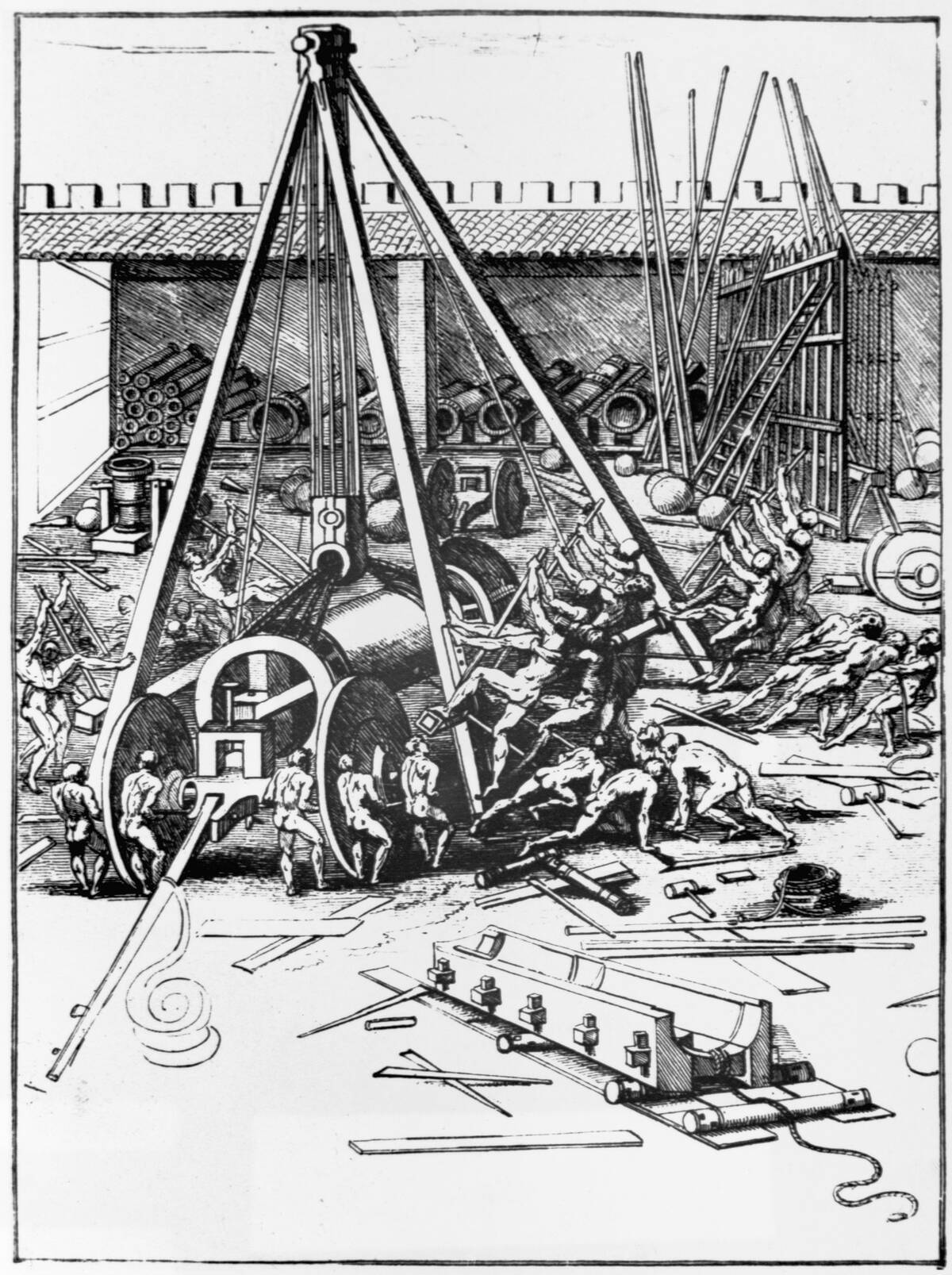
The Renaissance saw significant advancements in warfare technology, driven by the constant conflicts between city-states and nations. The development of gunpowder weapons, such as cannons and firearms, changed the face of battle.
These innovations made traditional fortifications obsolete and led to new military strategies. While these technological strides were remarkable, they also meant more destructive and deadly conflicts, illustrating how the pursuit of progress often came at a high human cost.
The Machiavellian Influence: The Prince and Political Manipulation
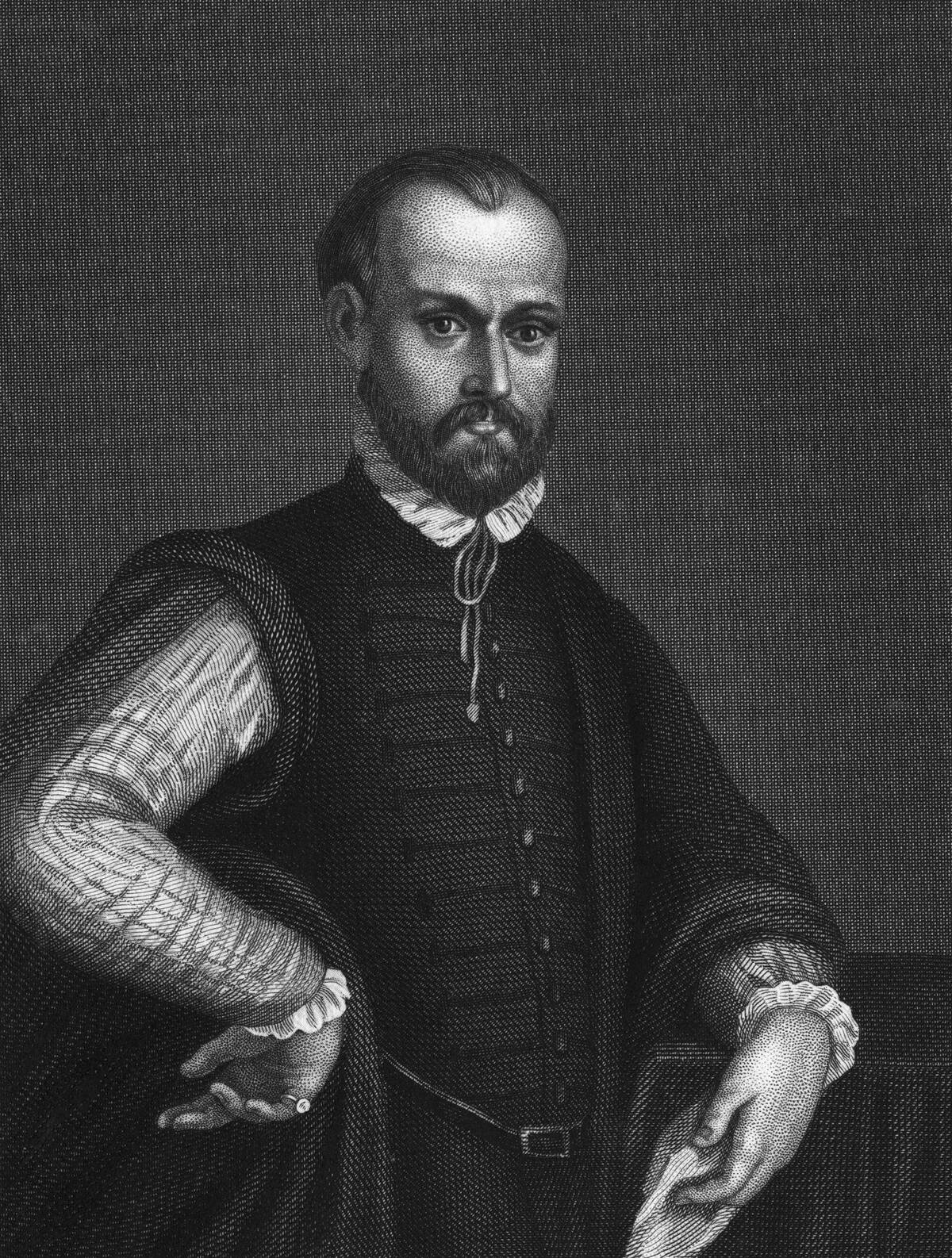
Niccolò Machiavelli’s ‘The Prince’ remains one of the most influential political treatises of the Renaissance. Written in 1513, it offered a pragmatic, if cynical, approach to power and governance, emphasizing realpolitik over idealism.
Machiavelli’s ideas on manipulation and control resonated with leaders seeking to consolidate power in the turbulent political landscape. The term ‘Machiavellian’ has since become synonymous with cunning and ruthless political strategy, underscoring the enduring impact of his work on political thought.
The Slave Trade: A Hidden Economic Foundation
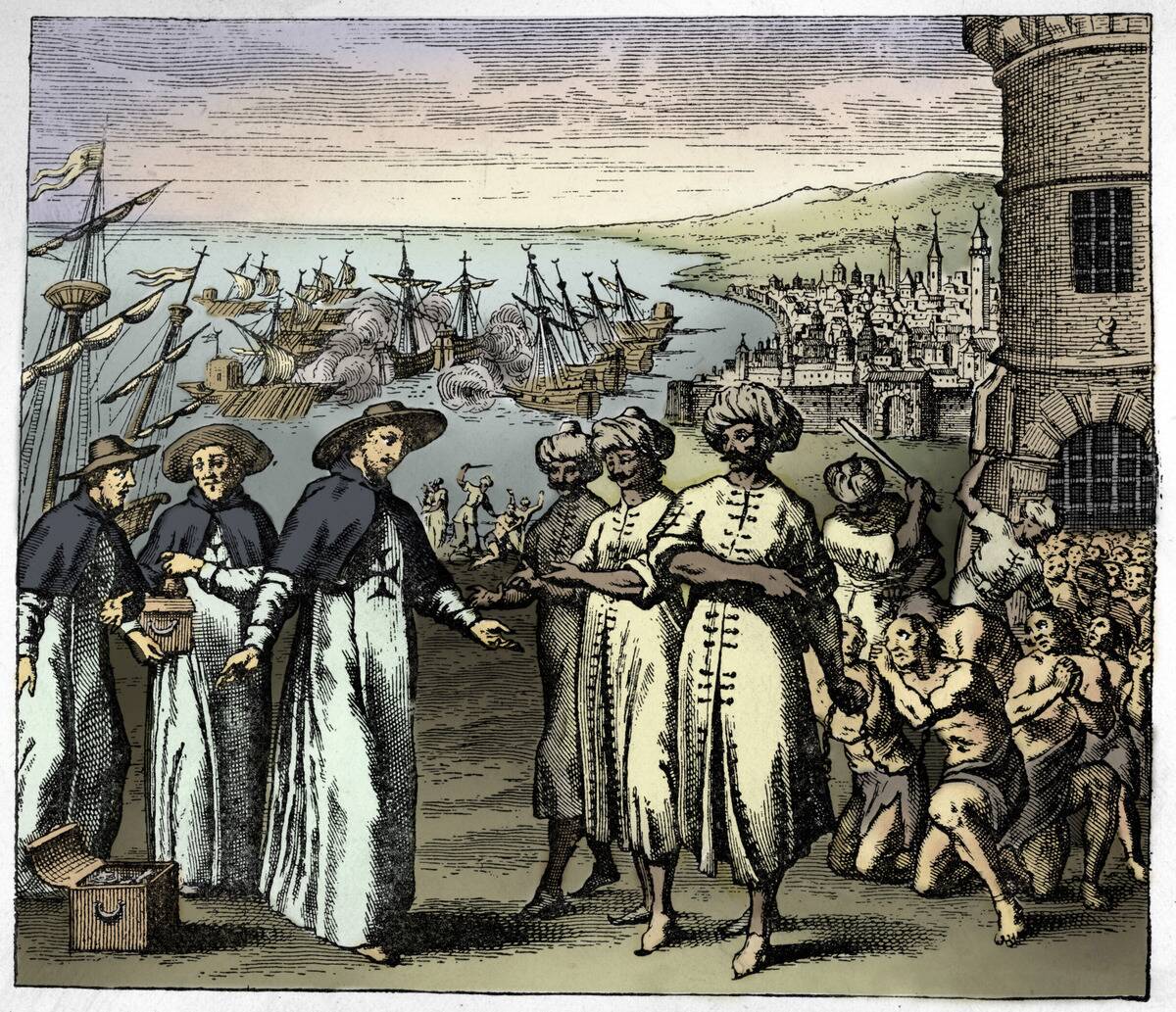
The Renaissance’s economic prosperity was partly built on the burgeoning slave trade, a dark aspect often overlooked. European powers expanded their trade routes, including the trafficking of enslaved people from Africa to work in various industries.
This exploitation provided the cheap labor that fueled economic growth, especially in burgeoning industries like sugar and mining. The human cost of this prosperity was immense, with the slave trade leaving a legacy of suffering that would last for centuries.
The Forgotten Women: Marginalized Voices of the Era
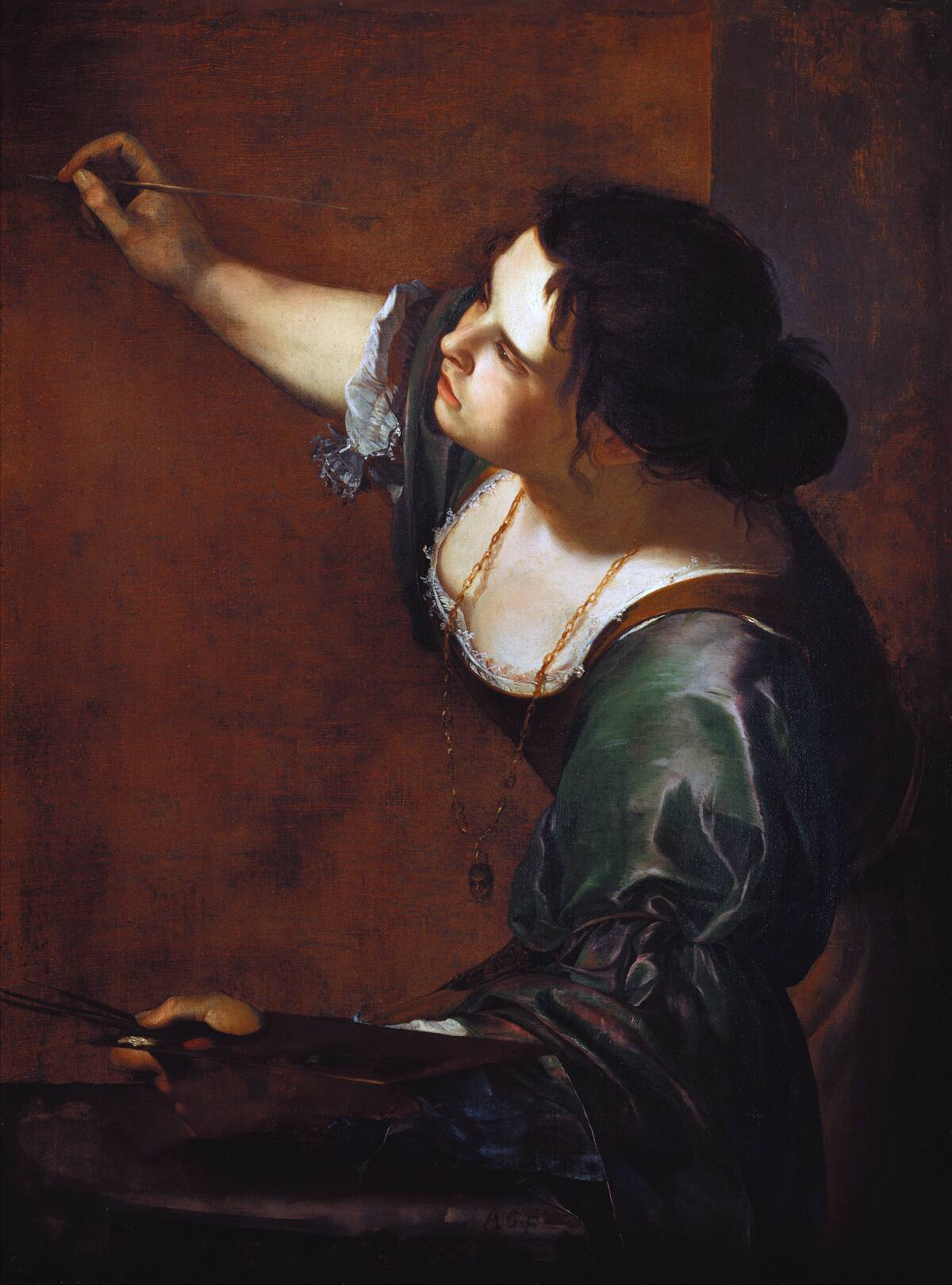
Although the Renaissance is celebrated for its cultural achievements, women’s contributions were often overlooked or minimized. Women like Artemisia Gentileschi, a talented painter, faced significant barriers in a male-dominated society.
Despite these challenges, some women managed to make their mark, often using their talents in writing, art, and politics to influence the era. Their stories reveal a struggle for recognition and equality, highlighting the gender disparities that persisted even during this ‘enlightened’ time.
The Inquisition: Pursuit of Heresy with Brutal Consequences
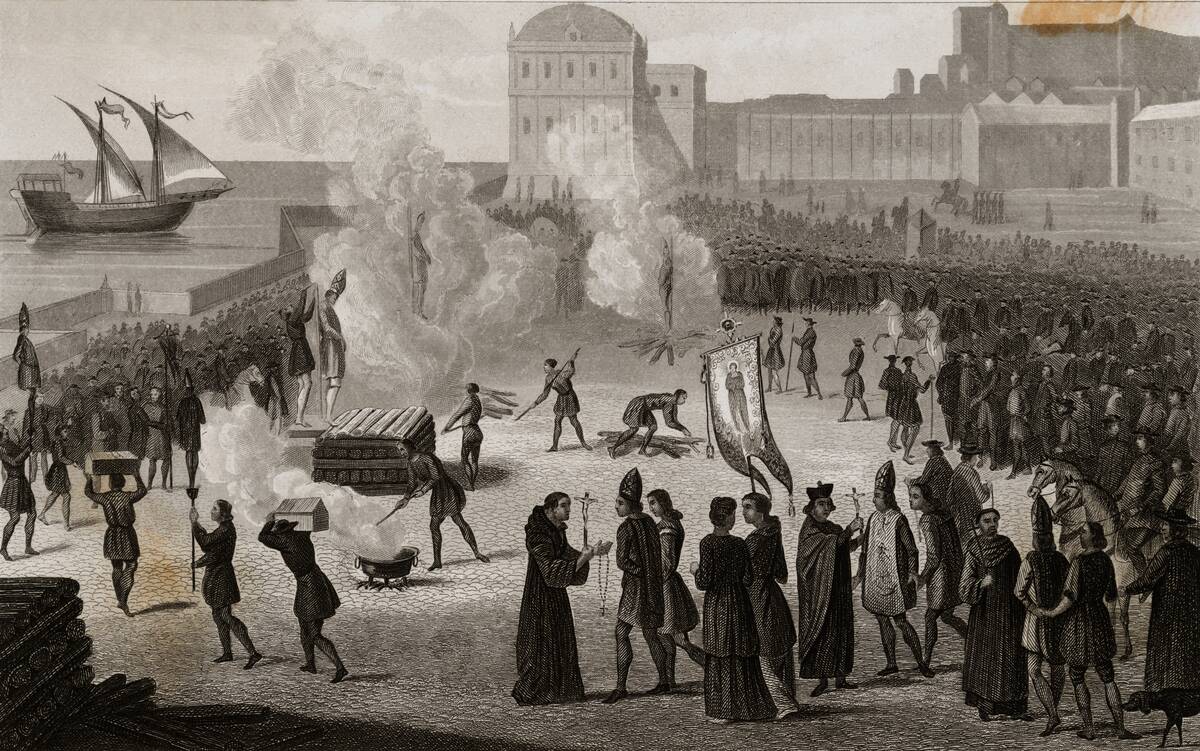
The Inquisition, particularly the Spanish Inquisition, represents a dark chapter of the Renaissance, marked by severe religious persecution. Established to combat heresy, the Inquisition employed brutal methods, including torture and execution, to suppress dissent.
Thousands were tried and punished, often based on flimsy evidence or personal vendettas. This pursuit of religious conformity reveals the darker side of the quest for spiritual and moral purity, where fear and control often overshadowed compassion and understanding.
The Burning of Books: Censorship in the Age of Enlightenment
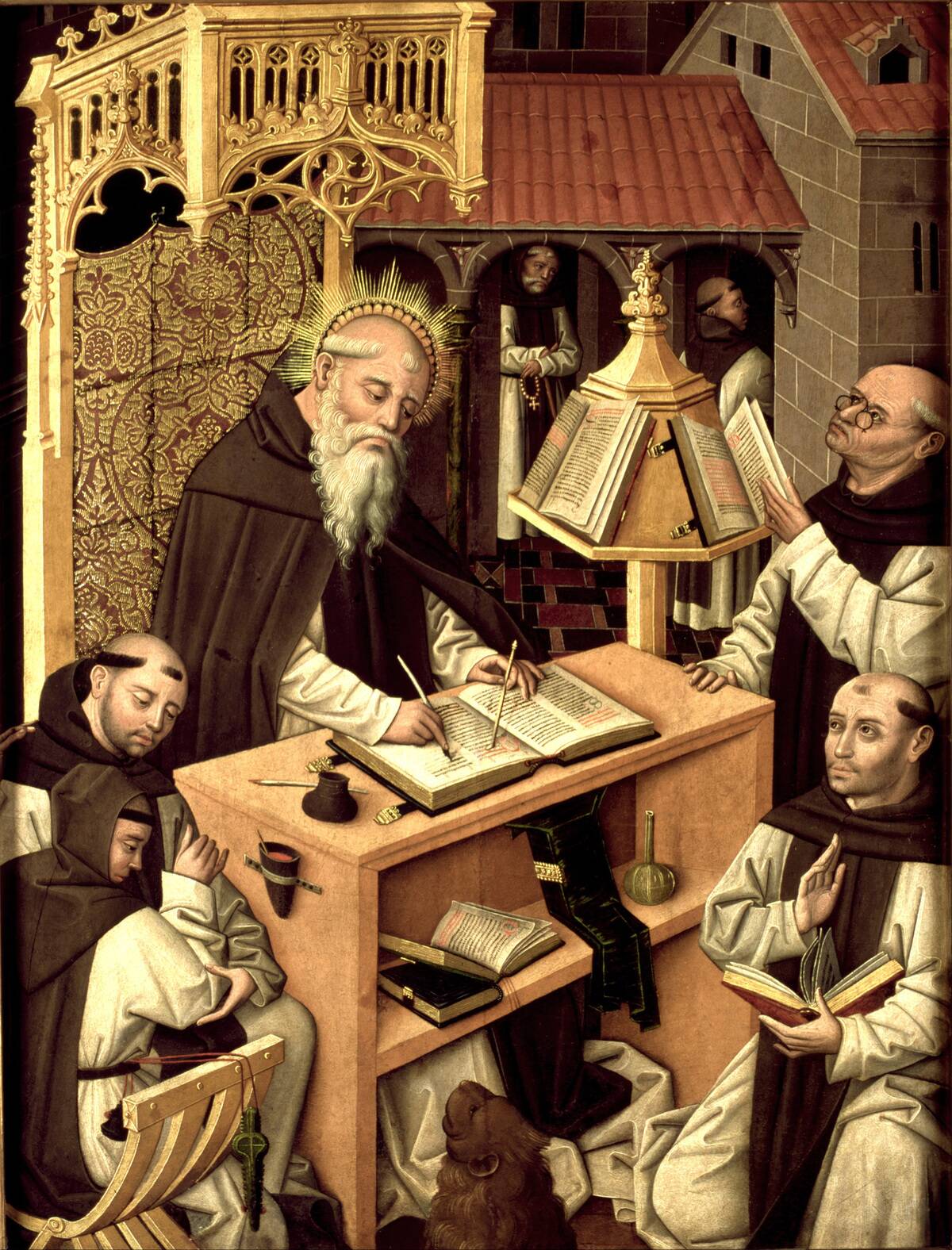
Amidst the intellectual blossoming of the Renaissance, censorship and book burnings were tools to control and suppress dissenting ideas. The Catholic Church, in particular, sought to maintain doctrinal authority by banning and burning books deemed heretical.
This censorship stifled intellectual freedom, yet it also inspired a counterculture of underground thinkers and writers. The tension between control and freedom of thought highlights the paradox of an era striving for enlightenment while wrestling with its own shadows.
Dark Magic and Astrology: Renaissance Obsessions
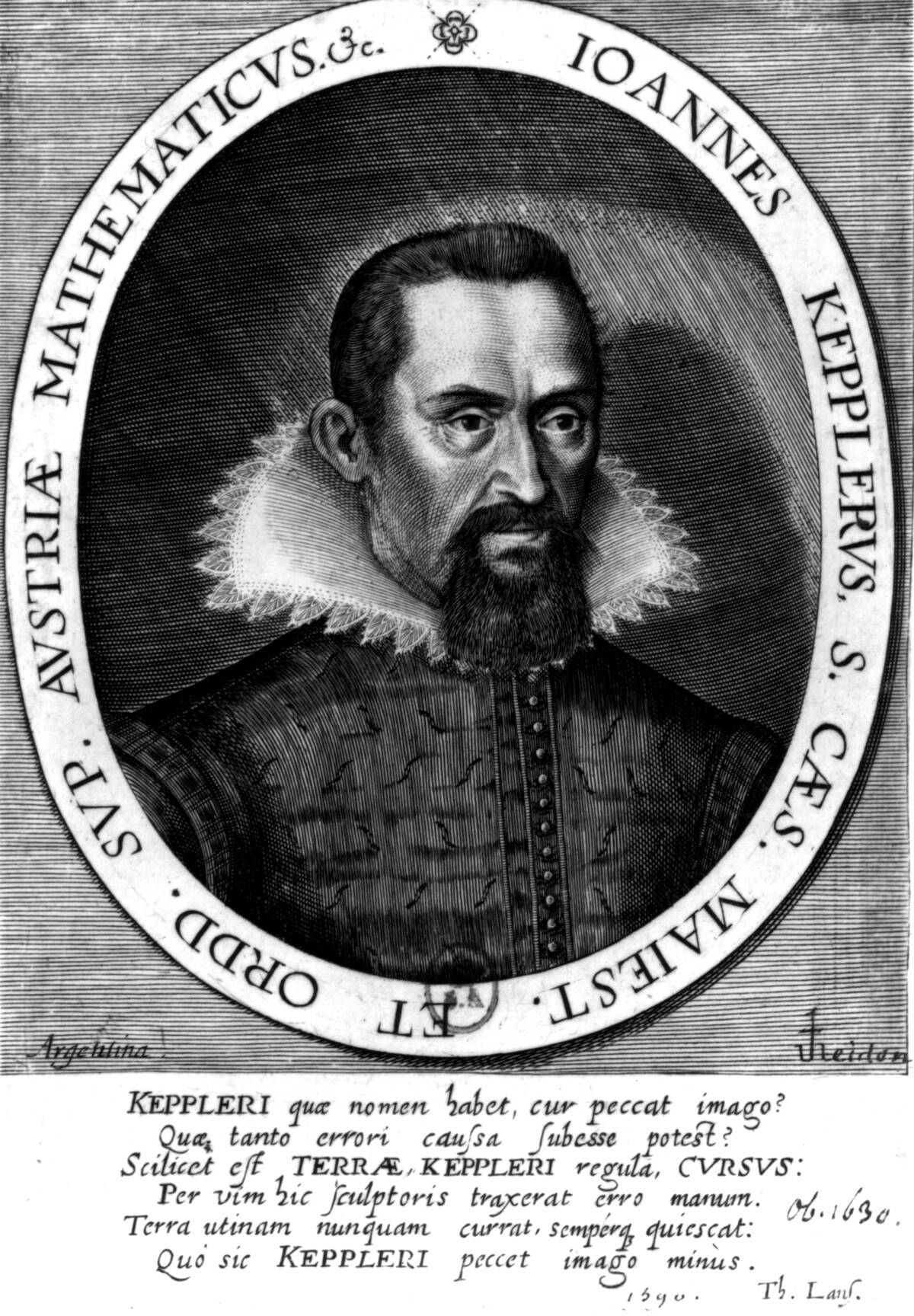
Despite the era’s scientific advancements, belief in magic and astrology remained prevalent during the Renaissance. Many intellectuals, including notable figures like Johannes Kepler, dabbled in astrology, influenced by ancient traditions and the quest for understanding the cosmos.
Alchemy and the pursuit of the philosopher’s stone were also popular, reflecting a blend of science and mysticism. These obsessions reveal a time where the lines between science and superstition were blurred, underscoring the complex nature of Renaissance thought.
The End of the Renaissance: Transition to a New Era

As the Renaissance transitioned into the Baroque period in the late 16th century, its influence began to wane. The scientific revolution, along with changing political and religious landscapes, marked the end of the Renaissance’s dominance.
The Thirty Years’ War and the rise of nation-states shifted focus from art and humanism to power and territory. This shift signified not just an end, but a transformation, as the seeds planted during the Renaissance continued to shape the modern world.



